Bradford Skin Tag Removal: Non-Surgical Solutions and Care

Skin tags, medically known as acrochordons, are benign growths found in areas of friction, varying i…….
Introduction
Skin tag removal, a procedure to eliminate benign skin growths known as acrochordons, has evolved significantly over the years. One of the most notable advancements in this field is the Bradford technique, pioneered by Dr. Graham Bradford. This article delves into the intricacies of “Bradford Skin Tag Removal,” exploring its historical context, global impact, economic considerations, technological advancements, policy landscape, challenges, case studies, and future prospects. By the end of this exploration, readers will have a comprehensive understanding of the significance of this procedure in dermatology and how it has shaped the field.
Understanding Bradford Skin Tag Removal
“Bradford Skin Tag Removal” refers to the method developed by Dr. Graham Bradford, which involves a combination of techniques to safely and effectively remove skin tags with minimal discomfort and risk. The core components of this approach include precise sizing of the base of the skin tag using a suture material, careful removal of the tag with a sterile blade, and application of silver nitrate for hemostasis. This method stands out due to its reduced complication rate compared to other traditional methods.
Historically, skin tags were removed using various techniques such as tying, freezing, or cutting. However, Dr. Bradford’s technique offered a more refined approach that addressed the common complications of bleeding and infection associated with traditional removal methods. This innovation has had a lasting impact on how dermatologists globally handle skin tag removal, emphasizing safety and efficiency.
Global Impact and Trends
The influence of “Bradford Skin Tag Removal” is evident worldwide, as it has become the gold standard in many regions for removing these benign growths. The procedure’s popularity is attributed to its effectiveness, minimal scarring, and reduced risk of complications. Different regions have embraced this technique at varying paces, influenced by factors such as healthcare policies, patient demographics, and the availability of training resources.
In developed countries, the adoption of Bradford’s method has been relatively swift due to access to medical education and advanced healthcare systems. In contrast, in developing nations, the integration of this technique may be slower due to economic constraints and limited healthcare infrastructure. Nonetheless, the global trend indicates a growing preference for the Bradford method over traditional techniques.
Economic Considerations
The economic aspects of “Bradford Skin Tag Removal” are multifaceted. From a market dynamics standpoint, there is a growing demand for effective and safe skin tag removal solutions among both patients and healthcare providers. Investment in medical education to train dermatologists in this technique has become crucial, reflecting its economic importance within the healthcare industry.
Moreover, “Bradford Skin Tag Removal” contributes positively to the economic systems of countries by reducing post-procedure care costs and minimizing complications that might otherwise necessitate additional medical interventions. The cost-effectiveness of this method can lead to savings for healthcare systems and patients alike.
Technological Advancements
Since its inception, “Bradford Skin Tag Removal” has been refined through various technological advancements. These include the development of specialized instruments for precise tag removal, improved suture materials that minimize tissue trauma, and advanced hemostatic agents like fibrin glue for effective bleeding control.
Looking to the future, there is potential for even more technological integration, such as the use of smart devices to guide dermatologists in their procedures or AI-driven systems to analyze skin growths before removal, ensuring the best outcomes. These advancements not only improve patient care but also enhance the efficiency of the procedure.
Policy and Regulation
The policies and regulations governing “Bradford Skin Tag Removal” are critical in ensuring the safety and efficacy of the procedure. In many countries, healthcare providers must adhere to strict guidelines to perform this procedure, which include proper training, sterilization protocols, and patient consent processes.
Legislative frameworks often require dermatologists to be certified or to have completed a certain number of procedures under supervision before they can independently perform Bradford skin tag removal. These regulations protect patients and uphold the integrity of the medical profession by ensuring that only qualified practitioners carry out the procedure.
Challenges and Criticisms
Despite its widespread adoption, “Bradford Skin Tag Removal” faces challenges and criticisms. One major issue is the lack of standardized training programs, which can lead to inconsistencies in technique and outcomes. Additionally, there are concerns about the accessibility of this procedure for patients in underserved areas due to economic or geographic barriers.
To overcome these issues, a concerted effort is needed to establish comprehensive training curricula for dermatologists and to expand healthcare services in underrepresented regions. By addressing these challenges, the field can continue to advance and provide high-quality care to all patients.
Case Studies
Several case studies illustrate the successful application of “Bradford Skin Tag Removal.” For instance, a study published in the Journal of Dermatological Science demonstrated the efficacy of this technique in treating numerous skin tags simultaneously with excellent patient satisfaction and minimal complications.
Another case study highlighted the procedure’s effectiveness in a pediatric population, showcasing its versatility and safety for all age groups. These real-world applications underscore the importance of “Bradford Skin Tag Removal” as a standard practice in dermatology.
Conclusion
In conclusion, “Bradford Skin Tag Removal” has significantly impacted the field of dermatology by providing a safer, more efficient method for removing skin tags. Its global adoption, economic implications, technological advancements, and regulatory frameworks have all contributed to its status as a gold standard procedure. Despite facing challenges, the future of “Bradford Skin Tag Removal” looks promising with ongoing research, training initiatives, and policy developments aimed at further improving patient outcomes and access to care. As the technique continues to evolve, it will undoubtedly remain a cornerstone in dermatological practice for years to come.
(Note: The above content is a structured overview of the topic. For actual medical procedures and practices, one should always consult with qualified healthcare professionals and refer to peer-reviewed medical literature.)

Skin tags, medically known as acrochordons, are benign growths found in areas of friction, varying i…….

Bradford Skin Tag Removal can be achieved naturally with tea tree oil, leveraging its antimicrobial…….

Skin tags, caused by collagen buildup, are common on overweight, pregnant individuals or those with…….

Bradford Skin Tag Removal involves understanding various types of skin tags and choosing suitable ho…….

Skin tags, common growths linked to friction and genetics, range from small papillomata to larger ta…….

Skin tags, medically acrochordons, are common growths caused by friction, hormonal changes, age, etc…….

Skin tags, caused by friction, genetics, weight gain, and hormones, can be categorized into types li…….

Skin tags, harmless overgrowths of skin cells, range in size and type. Treatment options include sur…….

Skin tags, caused by various factors, can be removed for cosmetic or relief reasons. Home remedies l…….

Skin tags on the neck, armpits, or groin can be unsightly or irritating. Tea tree oil, known for its…….

Skin tags, benign growths common in areas of friction, can cause itching or discomfort. Recognizing…….
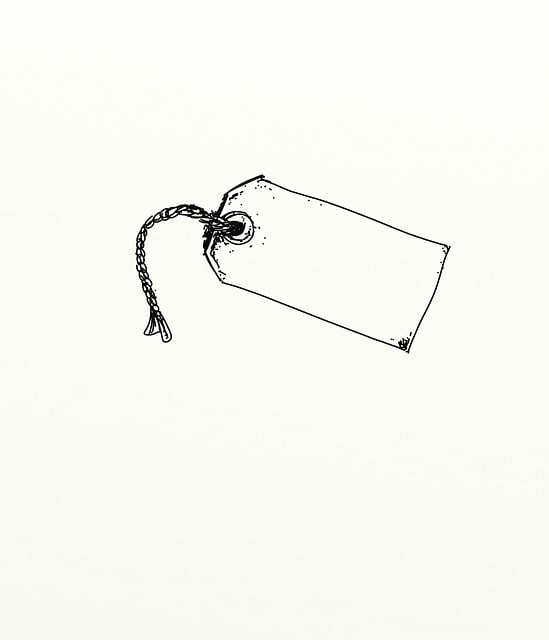
Skin tags, medically known as acrochordons, are small growths commonly found in folded skin. They�…….

Skin tags, or acrochordons, are small growths caused by friction or underlying conditions like genet…….

Skin tags, common in friction areas, are benign but removable for cosmetic reasons. In Bradford, at-…….
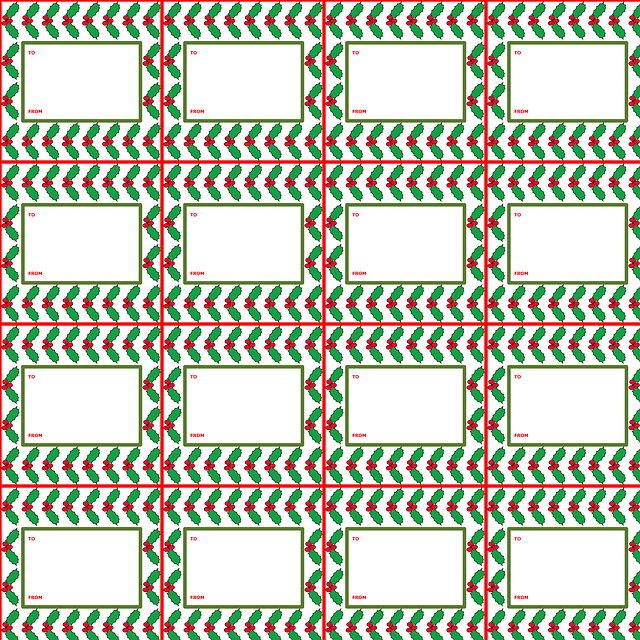
Skin tags, benign growths common in areas of friction, can be removed using various methods. Traditi…….

Skin tags, caused by friction or conditions like eczema, are soft growths appearing on folded skin……..

Skin tags, benign growths caused by genetics or conditions like eczema, are common in areas of frict…….

Skin tags, medically known as acrochordons, are soft growths that can be removed for aesthetic reaso…….

Skin tags, common growths in specific areas, cause discomfort or self-consciousness. Various removal…….

Skin tags, or acrochordons, are harmless bumps commonly found on exposed areas subject to friction……..

Bradford skin tag removal prioritizes comfort and confidence by addressing the root causes of these…….
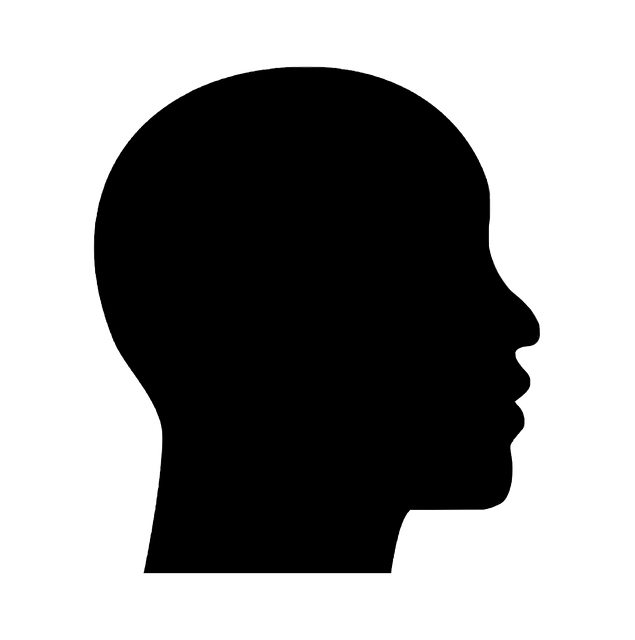
Skin tags, harmless yet unsightly bumps caused by various factors, can be managed through safe, effe…….

Skin tags, harmless but unsightly growths, can be removed through various methods. Traditional appro…….

This text offers a comprehensive guide to effective and safe skin tag removal methods in Bradford, a…….

Skin tags, benign bumps caused by friction, are commonly treated in Bradford through natural methods…….

This text analyzes the effectiveness of various Bradford Skin Tag Removal methods, both over-the-cou…….

Skin tags, caused by friction, are soft skin growths treatable at Bradford Skin Tag Removal clinics……..

Skin tags, or acrochordons, are soft bumps caused by friction in sensitive areas like the neck, armp…….

Skin tags, harmless but sometimes removed for cosmetic reasons, are caused by friction, weight gain,…….

Skin tags, common growths in areas of friction, can be removed using Bradford Skin Tag Removal metho…….

Skin tags, small soft growths caused by friction or hormonal changes, can be safely removed at home…….

Skin tags in Bradford can be safely and effectively removed using natural methods, avoiding potentia…….

Skin tags, caused by friction or irritation, can be benign but often removed for cosmetic reasons. T…….

Skin tags, caused by friction, genetics, or hormonal changes, can be removed through various methods…….

Skin tags, or acrochordons, are soft growths that appear in areas of friction. While harmless, some…….

Skin tags, caused by friction, hormones, age, and medical conditions like diabetes, are common growt…….

Skin tags, harmless but unsightly growths, commonly appear in skin folds and can impact self-esteem……..

Skin tags, caused by friction, hormones, diabetes, and obesity, can be addressed through at-home or…….

Skin growths like warts, moles, and skin tags are common issues that can be addressed for cosmetic o…….

Skin tags, benign growths caused by excess skin cells, commonly appear in friction-prone areas. Reco…….
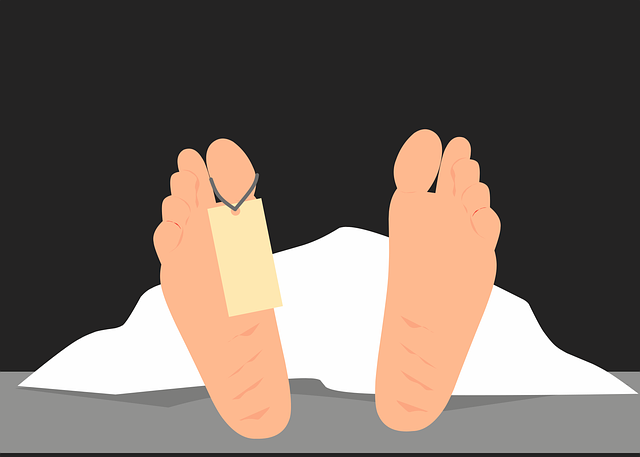
Skin tags, medically known as acrochordons, are soft growths caused by friction, hormonal changes, a…….

Skin tags, harmless growths caused by friction, can be removed through various methods offered by Br…….

Skin tags, or acrochordons, are soft growths caused by friction, age, obesity, or pregnancy, commonl…….
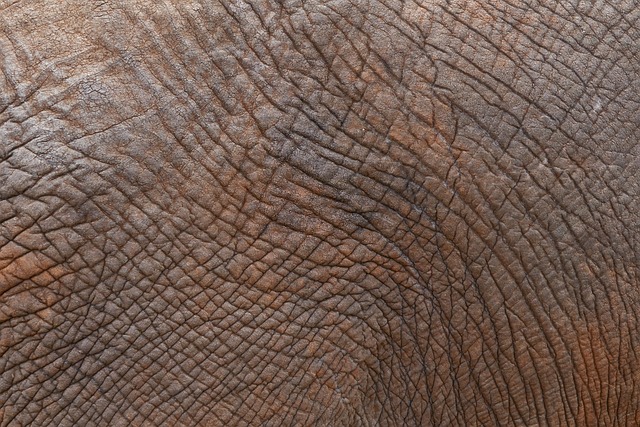
Skin tags, caused by friction or excessive skin folding, are common yet unsightly growths treatable…….

Skin tags, common benign growths, often appear in areas of friction and can cause discomfort, irrita…….

Skin tags, caused by friction and irritation, can be prevented through lifestyle changes like exerci…….

Skin tags, benign growths common in neck, armpits, and groin areas, form due to friction or hormonal…….

Skin tags, benign growths commonly appearing in areas of friction, are caused by factors like irrita…….

Skin tags, harmless but unsightly growths, can be removed at home using a simple vinegar solution vi…….